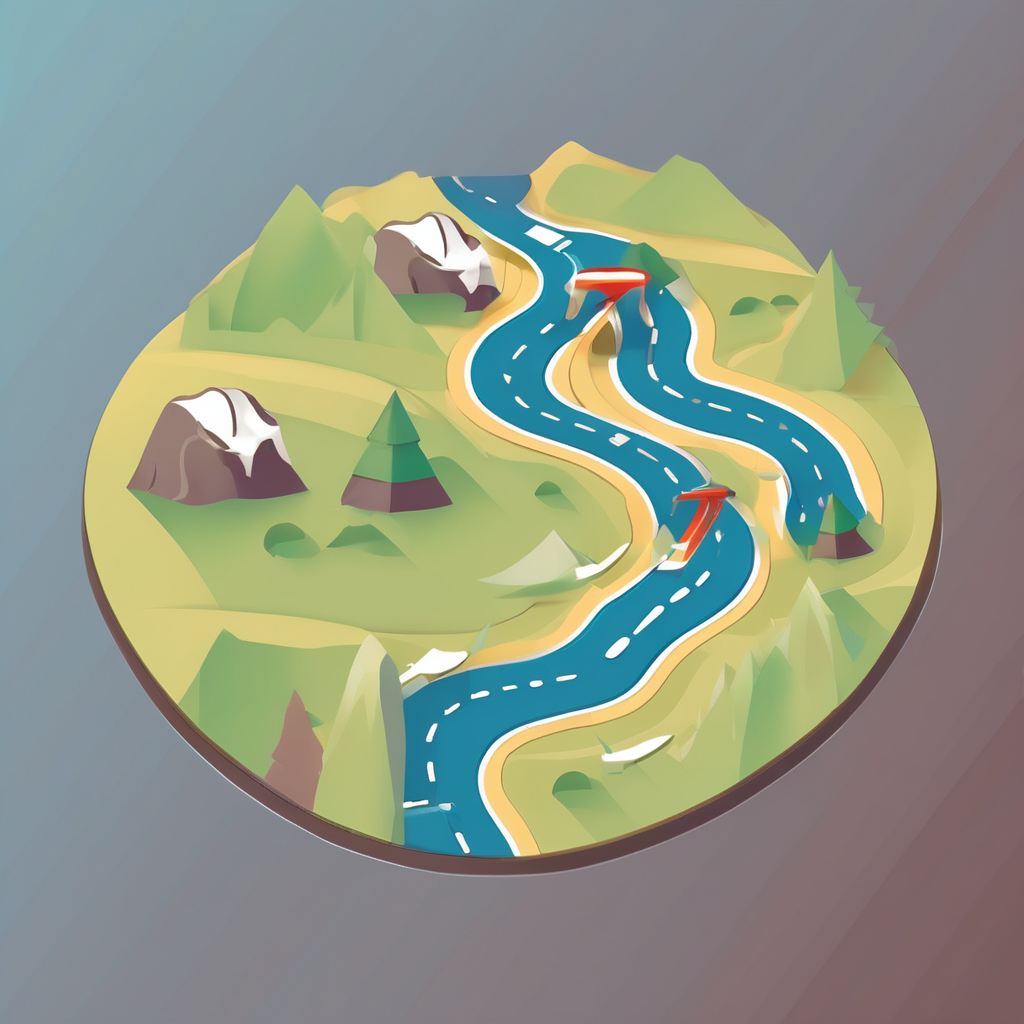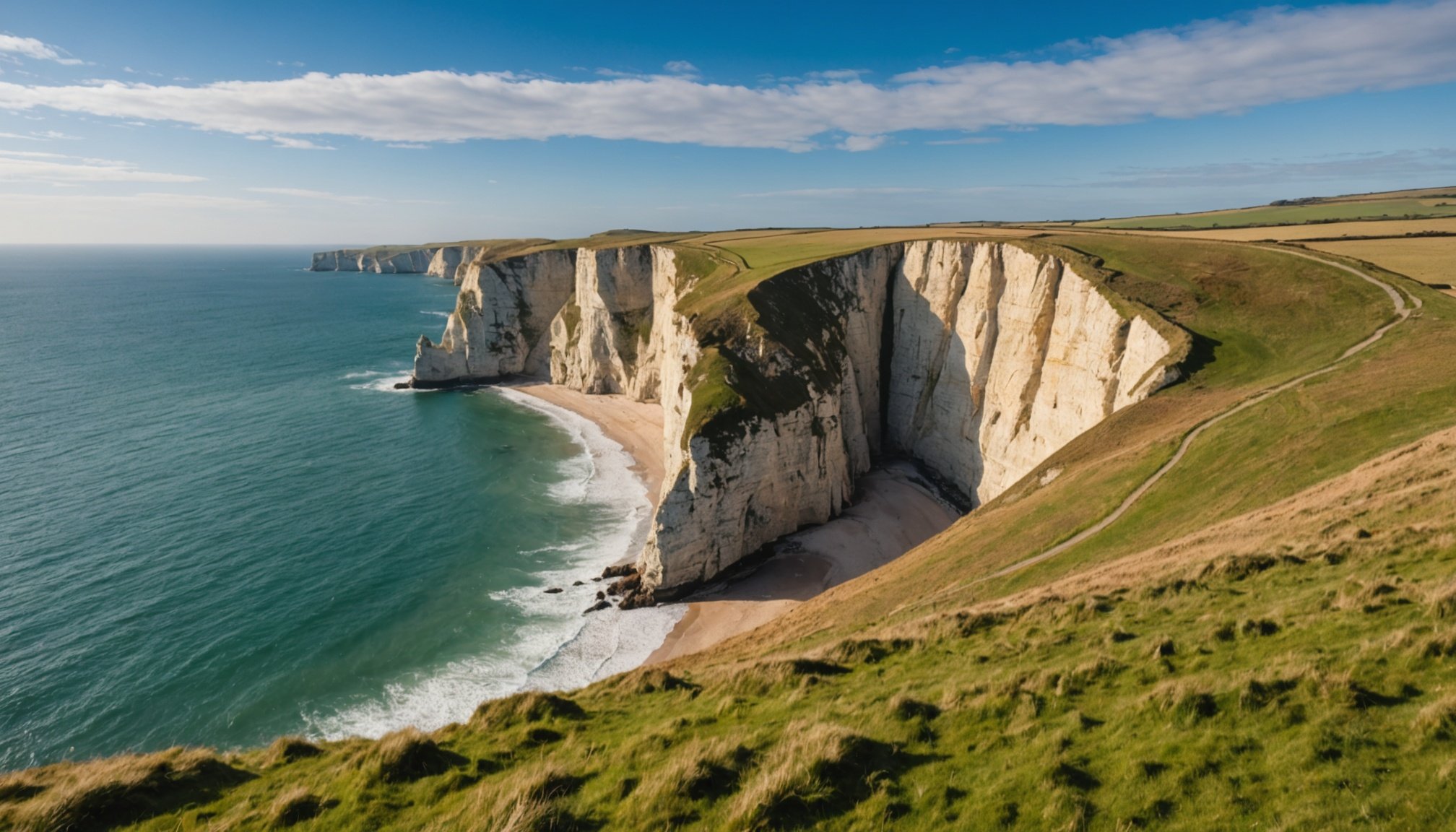Preparing for Your Photography Trip to Dorset
Embarking on a photography trip to Dorset can be a rewarding experience, but it requires thoughtful preparation. One crucial aspect is ensuring you have the essential equipment for capturing the stunning coastal landscapes. A sturdy tripod is vital for stability, especially during long exposure shots. Additionally, consider including a wide-angle lens, which is indispensable for capturing sweeping vistas of Dorset’s rugged coastline.
Packing for comfort and safety should not be overlooked either. Always have a fully stocked first-aid kit along with weather-appropriate clothing. The coastal climate in Dorset can be unpredictable. Therefore, layers can help you adapt to changing temperatures. A compact rain cover for your camera gear can also be a lifesaver in unexpected showers.
In the same genre : Furnished flats for remote workers: flexible, stylish, and productive living
Selecting the best time of year can greatly impact your photography, as lighting conditions vary seasonally. The golden hours during early spring provide breathtaking natural light without the crowds of peak summer. However, autumn brings a unique charm with softer hues and a tranquil atmosphere which many photographers find alluring.
Lastly, no matter the season, ensure you bring a detailed packing checklist to cover all your photographic needs, guaranteeing comfort and safety throughout your journey.
Also to see : Unlocking Royal Secrets: Explore British Monarchy History Through Engaging Guided Palace Tours
Top Locations for Coastal Photography in Dorset
Exploring Dorset offers a range of dramatic and picturesque Dorset coastal cliffs perfect for capturing stunning photographs.
Durdle Door
Durdle Door is one of the best photography spots on the Dorset coast due to its iconic natural limestone arch. The best time to capture this structure is during sunset or sunrise, as the light casts beautiful colours over the arch and surrounding waters. To access Durdle Door, there is a car park available at the top of the cliffs, with a well-marked path leading down to the shore. Facilities around include basic amenities such as restrooms and a nearby café for refreshments.
Lulworth Cove
Lulworth Cove is renowned for its unique, almost-circle shape surrounded by dramatic cliffs, making it another top spot for photographers. The best angles for photography can be found by exploring the paths along the cliffs, providing breathtaking panoramic views. The cove is accessible via a car park located at the visitor centre, where you’ll also find more amenities, including a restaurant and gift shop.
Old Harry Rocks
Situated at the eastern end of the Jurassic Coast, Old Harry Rocks presents striking chalk formations. Capturing photography here involves hiking the coastal path to achieve stunning perspectives. Parking is available in nearby Swanage town, from where a scenic walk leads to the rocks. Essential services, such as eateries, are available in town.
Techniques for Capturing Stunning Coastal Landscapes
Harnessing the power of natural light at the golden hour can transform your coastal landscape photography. Golden hour, characterized by soft, diffused light shortly after sunrise or before sunset, enhances colors and shadows, adding depth and warmth to your images.
Effective composition techniques are crucial for capturing breathtaking cliffs and waterscapes. One method is the rule of thirds, where you divide the frame into nine equal parts to help balance the image aesthetically. Positioning the horizon line within the top or bottom third can enhance coastal scenes, ensuring attention is naturally drawn towards the cliffs or water.
Experiment with long exposure photography to achieve smooth, dreamy water effects in your coastal captures. By using a slower shutter speed, often several seconds or more, you can blur moving water to create a misty and ethereal look. A sturdy tripod is essential to avoid camera shake and maintain sharpness in static elements like rocks or the shoreline. Adjust your ISO and aperture settings in tandem to compensate for the extended exposure time, ensuring enough light while maintaining image quality.
By thoughtfully applying these landscape photography tips, you’ll elevate your coastal imagery, capturing stunning vistas with artistry and precision.
Safety and Environmental Considerations
Engaging in coastal photography brings the thrill of capturing nature’s beauty but comes with inherent risks. Photography enthusiasts must be mindful of coastal safety. Unpredictable tides and slippery terrains can pose threats. To safeguard oneself, it’s crucial to check tide schedules before venturing out and wear appropriate footwear to prevent slips and falls. Understanding the layout of the coastline can help anticipate potential hazards, avoiding risky situations.
Environmental awareness plays an equally vital role during such photography adventures. Responsible photography practices are essential in protecting the delicate coastal ecosystem. This means not disturbing wildlife, avoiding trampling sensitive vegetation, and adhering to designated pathways. Using natural light instead of intrusive artificial lighting can also minimize interference with local fauna.
Furthermore, photographers should be mindful of their waste, ensuring no litter is left behind. The principle of ‘leave no trace’ ensures that the breathtaking landscapes can be preserved for future enjoyment and documentation.
By integrating safety and environmental consciousness into coastal photography, one can capture the awe of nature, secure in the knowledge that both personal safety and environmental integrity are preserved. This harmonious approach ensures that the joy of photography remains sustainable.
Post-Processing Techniques for Coastal Photography
In coastal photography, image editing is vital to bring the beauty of shores to life. Various software tools, like Adobe Lightroom and Photoshop, offer comprehensive features for photographers. These tools can significantly aid in enhancing coastal landscapes through adjustments in exposure, white balance, and saturation.
A key technique is enhancing colors and contrast to emphasize the natural allure of the coast. This can be achieved by manipulating curves and adjusting the hue to make the ocean’s blues more vibrant and the sunsets more dramatic. Yet, in the quest to enhance, maintaining authenticity is crucial. Subtle editing, respecting the scene’s original colors, ensures that the photograph remains a faithful representation of what nature intended.
Maintaining authenticity does not mean limiting creativity. It means finding a balance between enhancing features and over-editing, which could result in a loss of natural feel. For example, employing graduated filters can create a more balanced exposure without compromising the nature photography essence.
Remember, the goal of post-processing in coastal landscapes is to enhance while preserving the scene’s natural beauty. This balance helps create stunning imagery that conveys the serene yet dynamic spirit of coastal environments effectively.
Personal Experiences and Anecdotes
Exploring the world through the lens offers unique memorable moments, especially in places like Dorset. The cliffs there become stages for countless stories that beg to be captured. Imagine standing at the edge of these majestic cliffs, the sun just beginning to set, and the sky painting hues of orange and pink. Such moments are photography stories in themselves, where the natural world opens up and offers a scene too precious to ignore.
However, capturing these moments isn’t without its challenges. I recall a time when I found myself battling the fierce winds, my camera steadying against the gusts. Despite these trials, such challenges enrich the personal experiences in Dorset, teaching patience and understanding of the environment. The lessons learned are invaluable, each moment a step toward becoming more attuned to the natural beauty that surrounds us.
Throughout this journey, there have been inspirational encounters that left an indelible impression. The serene sight of a kestrel hovering over the cliffs or the heart-stopping drama of waves crashing against the rocks are reminders of nature’s power. Each photograph taken is a testament to the beauty and resilience found in Dorset’s rugged landscape.










